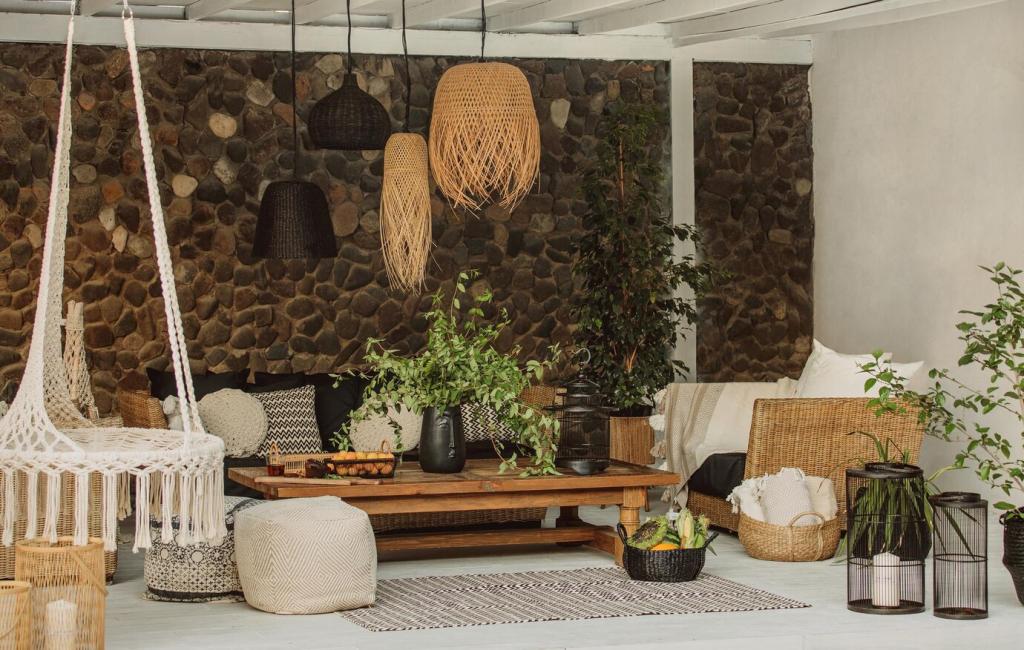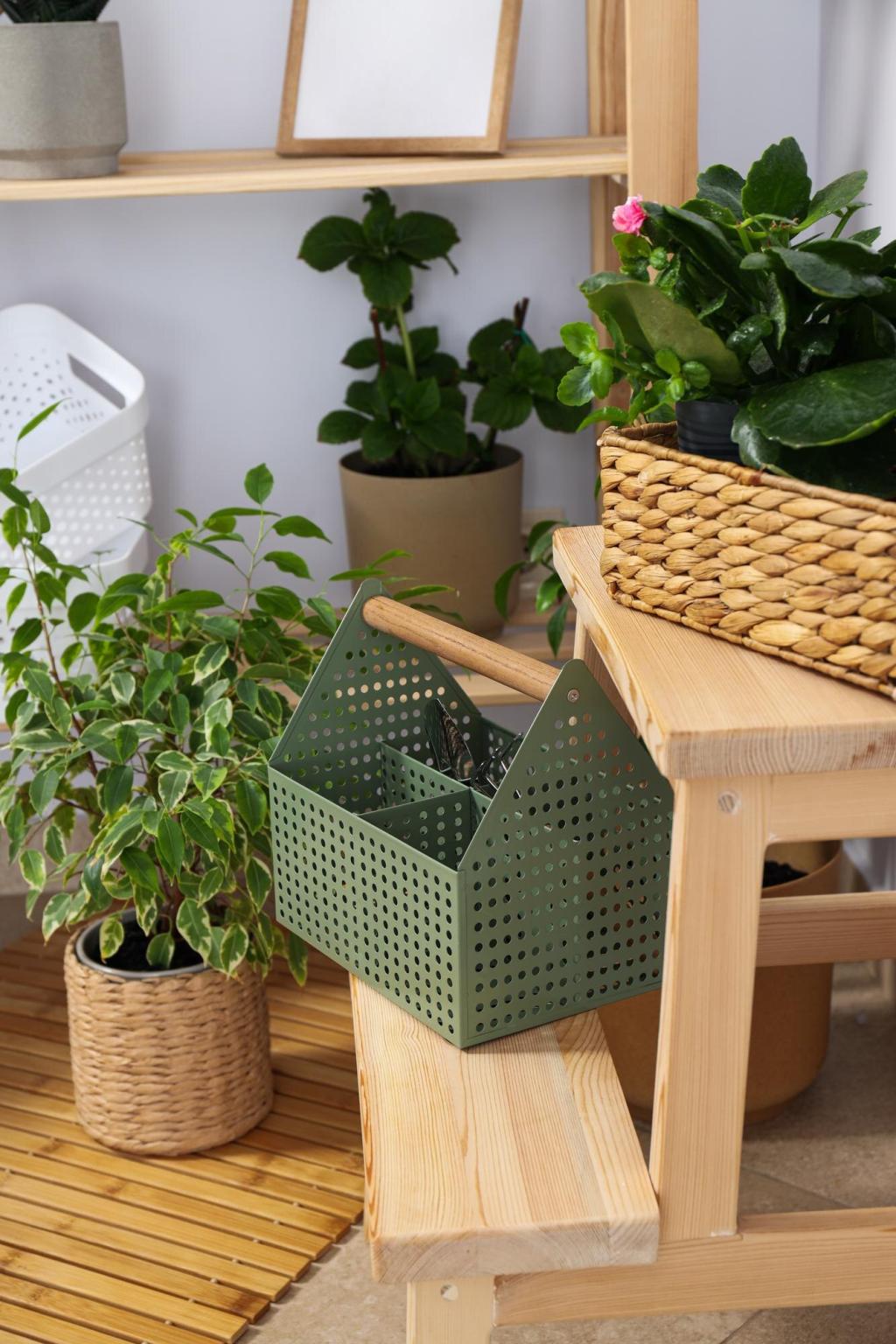
Biophilic Design: Bringing Nature Indoors
Biophilic design seeks to bridge the gap between the natural world and indoor spaces, creating environments that not only look aesthetically pleasing but also promote health and well-being. By consciously incorporating natural elements into architecture and interiors, biophilic design fosters a deeper sense of connection with nature. This approach is becoming increasingly popular in both residential and commercial settings, as people recognize the physical and psychological benefits of nature-inspired spaces. In this article, we explore the philosophy, key elements, benefits, and implementation strategies of biophilic design, offering insight into how you can bring the outdoors inside for a more harmonious lifestyle.

Key Elements of Biophilic Interiors
Living Greenery
Incorporating living plants is perhaps the most direct and impactful way to bring biophilic design to life. Vertical gardens, potted plants, and interior landscaping not only improve air quality but also instill a renewed sense of vitality. Research shows that the presence of greenery can reduce stress, boost mood, and even increase productivity. From small succulents on windowsills to lush green walls in lobbies, living plants can transform sterile interiors into vibrant sanctuaries.
Natural Lighting
Maximizing natural light is fundamental to effective biophilic interiors. Sunlight regulates our circadian rhythms, energizes the mind, and highlights the organic beauty of materials and finishes. Designers use architectural strategies like large windows, skylights, and open floor plans to invite sunshine deeply into the space. Enhanced daylight reduces reliance on artificial lighting, fosters a dynamic atmosphere, and helps occupants feel more connected to the rhythms of the outdoors, enhancing both physical and mental well-being.
Organic Materials and Forms
Biophilic interiors embrace materials and shapes that mimic those found in the natural world. This means using wood, stone, bamboo, and other organic materials that offer tactile pleasure and visual warmth. Curved lines and asymmetrical forms reflect patterns seen in rivers, trees, and landscapes, moving away from the rigidity of traditional architecture. These features collectively create a soothing ambiance that feels grounded and authentic, encouraging relaxation and connection.
Enhanced Mental Well-Being
Exposure to natural elements within interior spaces has been linked to reduced levels of anxiety, depression, and overall psychological distress. Biophilic design stimulates feelings of calm and revitalization, helping to lower cortisol levels and encourage positive moods. Whether in the workplace or at home, these environments become retreats from the stresses of daily life, fostering mindfulness and mental clarity. Over time, living and working in biophilically designed spaces can contribute significantly to emotional resilience and happiness.
Physical Health Improvements
The benefits of biophilic design extend beyond the mind, directly impacting physical health. Spaces infused with plants and natural light can improve air quality by filtering toxins and increasing oxygen levels. Sunlight exposure helps regulate sleep patterns and supports vitamin D production. Furthermore, these environments encourage movement, whether it’s tending to indoor gardens or simply strolling through a light-filled corridor. The net effect is a healthier, more balanced lifestyle, with fewer sick days and enhanced overall vitality.
Productivity and Performance Boosts
Numerous studies have demonstrated that biophilic design enhances cognitive function, creativity, and productivity. Workers in green offices typically report higher satisfaction, reduced fatigue, and increased concentration. In educational spaces, students benefit from improved learning outcomes and greater engagement. The calming effects of nature-inspired interiors make it easier for people to focus, solve problems, and collaborate effectively, making biophilic design a smart investment for businesses and institutions.
Previous slide
Next slide

